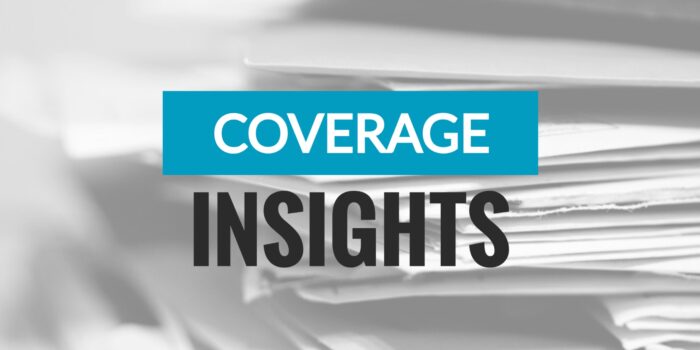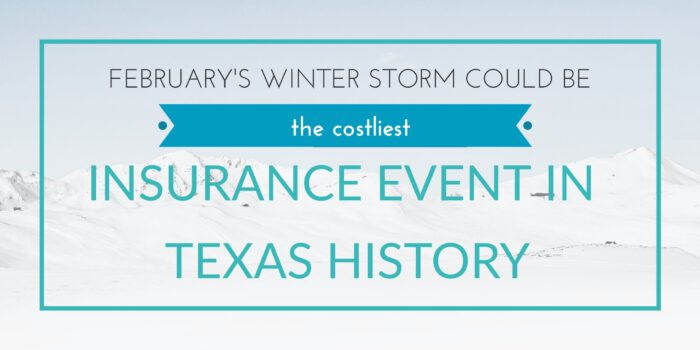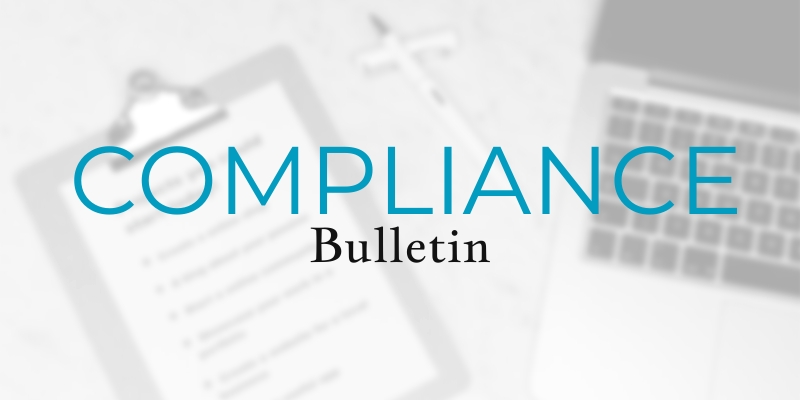18 Mar Coverage Insights: Parametric Insurance Explained
[wpseo_breadcrumb]
Under such coverage, the amount in which a policyholder is compensated isn’t decided by the exact cost of damages sustained, but rather by the calculated intensity of the covered event itself. For instance, if a hurricane caused damage to a commercial property, a parametric policy might reimburse a set dollar amount linked to the storm’s wind speeds.
Parametric insurance can be a particularly beneficial form of coverage to have in the scope of large-scale natural disasters, especially when not all associated losses entail physical damages. Yet, there are some additional aspects of this coverage offering to consider. Review the following guidance to gain a better understanding of parametric insurance.


 Contrary to the reimbursement method of standard commercial policies, parametric insurance is a form of coverage that offers protection based on a predetermined, measurable characteristic tied to a covered event.
Contrary to the reimbursement method of standard commercial policies, parametric insurance is a form of coverage that offers protection based on a predetermined, measurable characteristic tied to a covered event. While no firm number on insured losses has been released for the brutal weather system that has left dozens dead and millions without power or water, it is likely to cause billions in auto, property and homeowners claims, with one reported estimate at $18 billion.
While no firm number on insured losses has been released for the brutal weather system that has left dozens dead and millions without power or water, it is likely to cause billions in auto, property and homeowners claims, with one reported estimate at $18 billion. Organizations trust their senior leaders to make important decisions and act with stakeholders’ (e.g., shareholders, customers and employees) best interests in mind.
Organizations trust their senior leaders to make important decisions and act with stakeholders’ (e.g., shareholders, customers and employees) best interests in mind. The Occupational Safety and Health Administration (OSHA) oversees a whistleblower protection program that enforces the whistleblower provisions of more than 20 federal statutes.
The Occupational Safety and Health Administration (OSHA) oversees a whistleblower protection program that enforces the whistleblower provisions of more than 20 federal statutes.